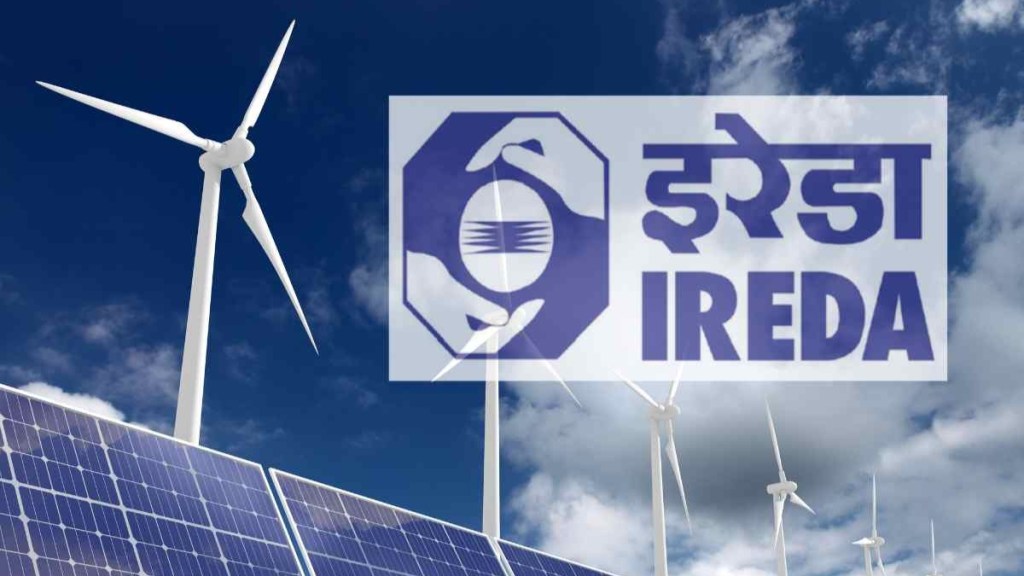State-owned non-banking finance firm Indian Renewable Energy Development Agency (IREDA) aims to expand its loan book to Rs 3.5 trillion till 2030 from Rs 63,000 crore at present, the company’s chairman and managing director Pradip Kumar Das told Arunima Bharadwaj in an interview. The company aims to disburse Rs 35,000 crore in the current fiscal year, with a target of reaching an annual disbursement of Rs 1.36 trillion in 2030. IREDA is also planning to expand its lending portfolio to the green hydrogen segment and energy storage system projects with plans to set up a new subsidiary for RE projects in the retail segment.
What is your target for loan disbursements in FY25 and till 2030?
In India, of the RE debt financing, roughly 65% is via debt. Of the debt, 35 percentage points (pp) come from NBFCs, 15 pp from banks, and 50 pp from the bond market. In the share of NBFCs, roughly 31% comes from IREDA. We are confident of retaining this market share in the time to come. The country needs investments of Rs 30-32 trillion to achieve the target of 500 GW non-fossil fuel capacity by 2030. Of this, IREDA will be funding Rs 3.5 trillion. Currently our assets under management stands at Rs 63,000 crore. By the year 2030, we envisage to grow our loan book to Rs 3.50 trillion. We plan to disburse loans worth Rs 1.36 trillion by 2030. Last year we disbursed loans worth Rs 25,000 crore. This year we are targeting disbursements totaling Rs 30,000-35,000 crore.
Where does your net NPA stand?
Four years ago, our NPA approx Rs. 2,400 crore which has now reduced to Rs 593 crore. The net NPA was 7.18% which has now reduced to 0.95% in Q1FY25. We had a total of 90 NPA accounts and have sorted out more than 35-40 accounts in the last four years. Currently, we have 60 stressed assets.
What is your sectoral distribution for lending among the RE sources? How do you plan to diversify your lending portfolio?
Currently, traditional RE accounts for 58% of our total lending which includes solar, wind, hydro and hybrid projects. Biomass and other emerging sources contribute to another 18%. The remaining is sanctioned to the central CPSEs and state utilities. So, 76% of our lending goes to the private sector and 24% to the government. Going forward, we plan to increase our lending in green hydrogen and energy storage systems too. We have recently sanctioned Rs 1,200 crore for a green hydrogen project and another Rs 3,590 crore for a pump storage project in Karnataka.
What projects do you plan to fund through your subsidiary IREDA Global Green Energy Finance IFSC Ltd? When do you plan to start its operations?
Our Indian developers are now expanding and will be exporting their technologies. Through our GIFT city subsidiary, we will lend to existing developers who are setting up projects in India and have export earning potential and to developers who wish to set up projects overseas. For this purpose, we will lend in foreign currency. The process for operation is on and we are waiting for the formalities to complete. Maybe in a couple of months we will complete this and start operations of this subsidiary.
We also plan to set up a new subsidiary for lending in the retail segment to the MSMEs (Micro, Small & Medium Enterprises) that will include e-mobility, rooftop solar, etc. We want a different company in that segment and have already requested MNRE to give us consent. The discussion is in the advanced stage.
Does the company plan for any foreign borrowing?
It will be a considered decision at the time of borrowing. As of now, the domestic market is cheaper for us. We will do foreign borrowing because we will have to keep a mix. But we will only borrow when the landed cost is cheaper than the domestic market.


